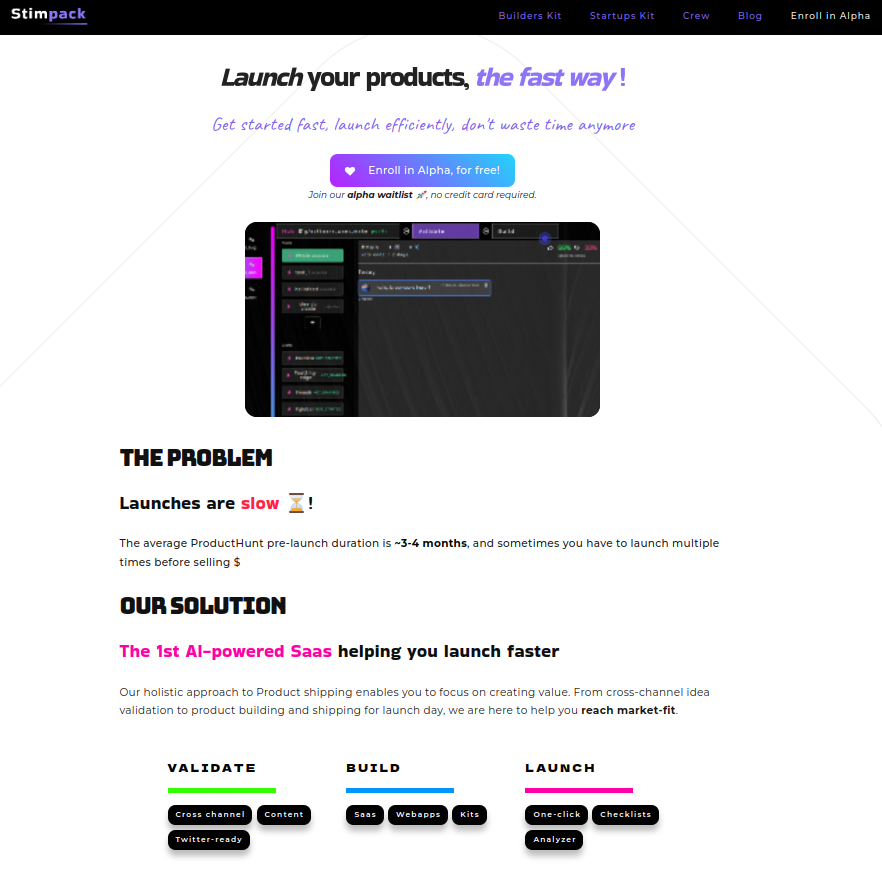Validating your Saas idea - a complete guide

We all have at least one day been inspired, dreamed, and imagined launching something new🚀
This feeling, although shared, only rarely leads to business opportunities. Many obstacles come along the way: risks and fears.
In our fast-moving technological landscape, punctuated by ChatGPT public access one day, Google Bard announcements the other, it is common knowledge that validating an innovative idea comes before building and launching your ideal product. Too risky otherwise!
Highlighting the importance of this validation process for Saas is non-trivial: validating a product idea is a crucial step in any business value creation pipeline. Let's focus on making the most of it!
TLDR
- Zero to validate: 101
- Jump in the validation wagon with 7 battle-tested tactics for Saas projects
- How Stimpack can help with your idea Validation
Zero to validate: 101
In the startup ecosystem, idea and execution often come as an inseparable pair. You start with an idea, then try to materialize it, and give it a real-world shape.
"Ideas are easy. Implementation is hard."
Guy Kawasaki, Marketing specialist, CEO, VC
This zero-to-validate pipeline is often assumed to be implicit and trivial. Indeed, you have an idea that you want to make public: no need to make this complex? Keep in mind that some systems may help you get started with strong foundations before building anything. We want to share the process we are following at Stimpack.
Zero-to-validate involves actually a couple of steps to follow and decisions to make:
- 1. Everything starts with the ideation process: "I somehow feel my idea is innovative and has potential". It's quite similar to ProductPlan's process.
- 2. I decide to share it and collect some feedback. A pre-requisite to this is an audience of supportive folks and relations.
- 3. Depending on the feedback, I may decide to build the idea or to pivot to another one: You have a decision to make. This is the part we'll mainly cover in this article.
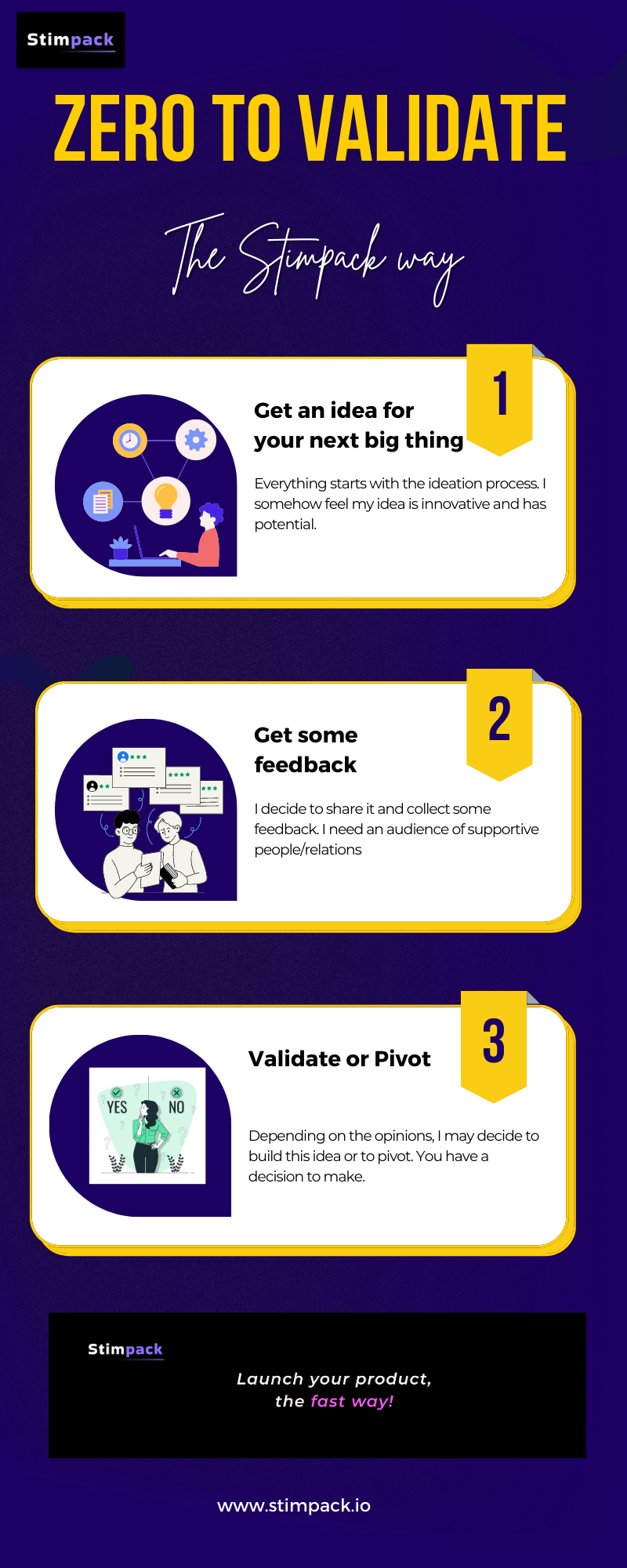
More traditional ways also involve crafting user personas and collecting market research. They are usually known as primary market research, whereas the audience/feedback approach is known as the secondary/field approach.
Note on cognitive biases influencing your validation:
"Be aware that all these steps are subject to your and your audience's cognitive biases. Getting unbiased feedback, for example, is quite hard to have. Since you may probably activate your first circle (aka friends) to get started quickly, there's no doubt they will be willing to encourage and cheer you into start something new, despite the relevance of the project from a business perspective."
This one is from Stimpack (not ChatGPT)
Jump in the validation wagon with 7 battle-tested tactics for Saas projects
Validation is a core subject at Stimpack. Since we aim to provide a platform for innovators, we need some battle-tested effective tactics to to put in place to help our core users. Our mission stays simple: help you guys validate your next big idea efficiently and launch it faster!
Our preferred validation tactics so far are:
1/ First, create a landing page
Presenting your concept on a landing page is an effective way to visually express your idea to an audience and explain your future product's value.
The basic anatomy of your landing page should include:
- the problem you are tackling.
- the solution you propose, expressed in punchy style: this is your proposition value.
- a CTA (call to action) inviting your user to act (subscribe, buy, or other...)
- a "how it works" section, declined in simple steps.
- eventually: a list of features, testimonials, and details about the team and product.
At Stimpack, our preferred tools to create a simple yet highly converting landing page are:
- Carrd site builder 👉 this is the one we are using for Stimpack.
- Framer
- Softr
- Shuffle.dev
2/ The Mom Test for idea validation
This test was introduced by Rob Fitzpatrick in his best-seller.
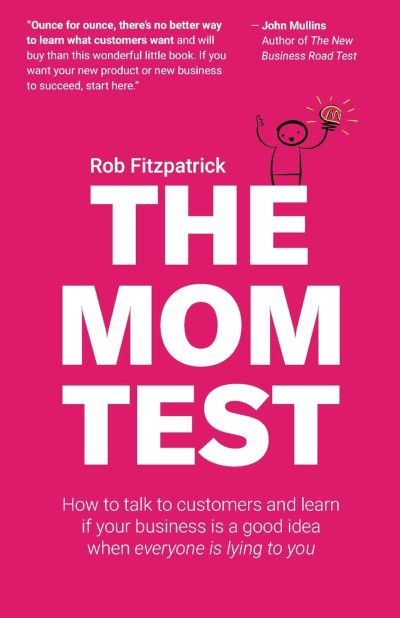
Fitzpatrick exposes a simple yet effective method to distinguish facts from lies during 10-15 minute validation conversations with your users, thus improving your validation signal-to-noise ratio.
The test consists on:
- exposing your idea to the user.
- avoid talking about general opinions in the future. Instead, reflect on your customer's past experience and everyday struggles.
- listen to your user -a lot-, and avoid talking too much.
By implementing the Mom test, you can increase the chances the user's feedback is unbiased. Avoid selling your product, and instead, focus on your user needs.
A more complete analysis of the test can be found here.
3/ Make sure you sell the problem not the product
This sounds obvious but instead of selling your solution, no matter how good it is, you must first ensure your lead is willing to pay for it.
You thus have to increase his "buy intent" regarding the problem he's facing. If this problem is painful enough, your lead will be inclined to pay for an adequate solution: yours!
Joshua B. Lee dives deep into this topic.
Once you've developed the "buy intent", time for the decisive question: "How much would you pay"?
4/ The Waitlist and Alpha-test approach
Sharing your development process with your users may nurture an environment of confidence. Developing relationships and helping each other through product development is part of the game!
At Stimpack, we have put in place a waitlist to keep in contact with everyone willing to participate in our product alpha testing stage.
Developing a core user culture has invaluable value, don't neglect it!
You can access our Stimpack Alpha Test registration process
Here's an example of how notion.ai implemented its waitlist page:
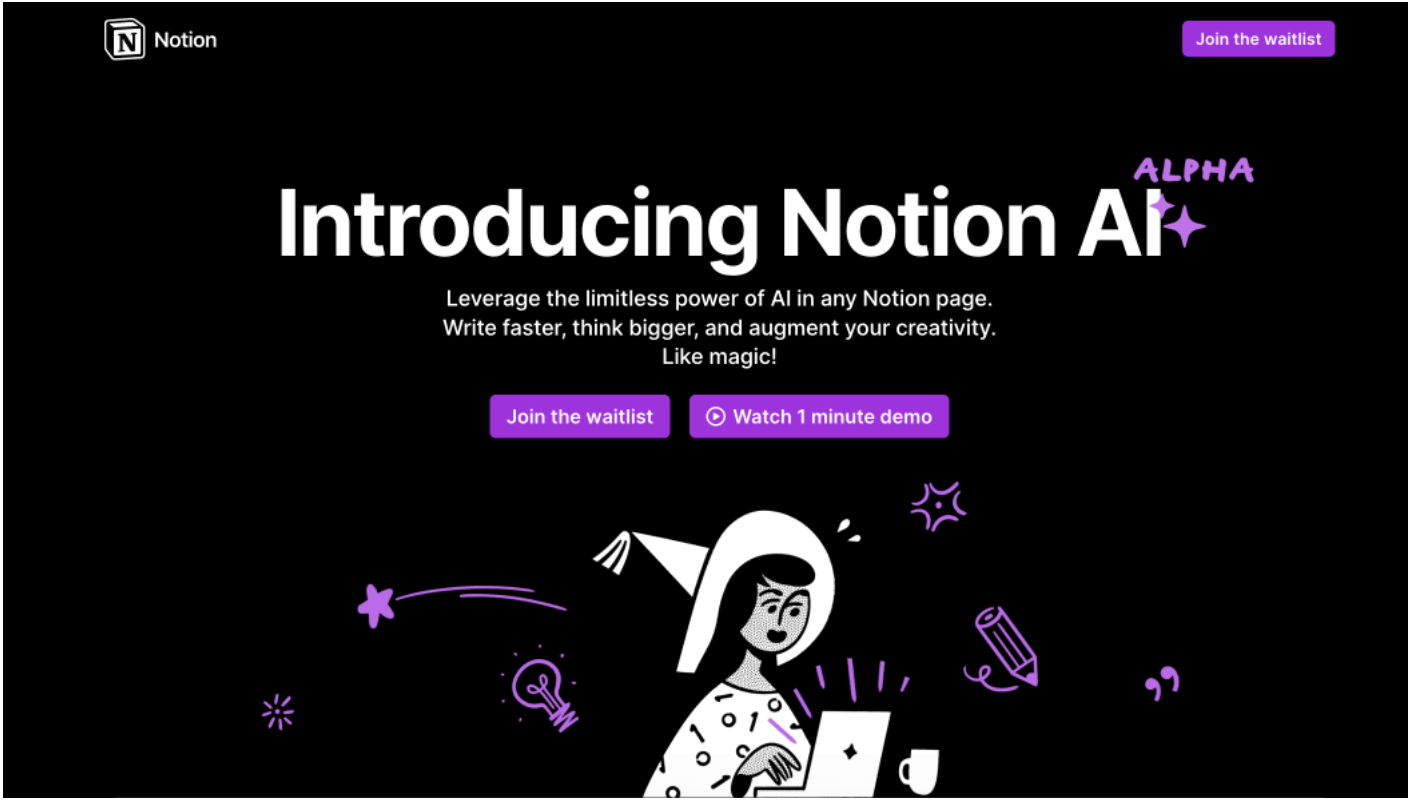
5/ The Crowdfunding Test
We have not yet implemented this, but still, it looks like an effective way to validate that your idea generates enough crow traction.
A good article explains how you can implement such tests.
Rewards-based and donation-based crowdfunding sound relevant at this stage.
6/ Social Polls at the rescue
Conducting social polls helps engage with your social audiences, alongside unfolding simple Q&A sessions. Your poll question should be precise, with a few clear options. To make sure this tactic works, having pre-existing large audiences may help.

7/ Meet in person, when possible
This one is pretty obvious: nothing better than human-to-human interactions to build trust and business relationships. So, don't hesitate anymore: ask your social contacts if they're open to meeting for real!
At Stimpack, our first tactics were a bit more basic as shown in this tweet thread:
The quickest process to help you validate your next project 🧶
— Said ✮ (@SaidAitmbarek) January 30, 2023
In case you're interested in having more validation ideas, a couple of them are shown on indiehackers. Part of our inspiration also came from Twitter and other more traditional startup approaches. This one from plan.io also really caught our attention:

How Stimpack can help with your idea Validation
We have created Stimpack GTM, the 1st all-in-one Saas platform conceived for product builders enabling you guys to launch your products, the fast and easy way!

Validation and traction are at the heart of our product. We can help you:
- define USPs and validate them across various channels
- improve relationships quality with your audience
- improve the buy intent relative to your product
- find the right channel mix for your next launch
- increase your conversion rate
Learn more from our Knowledge base

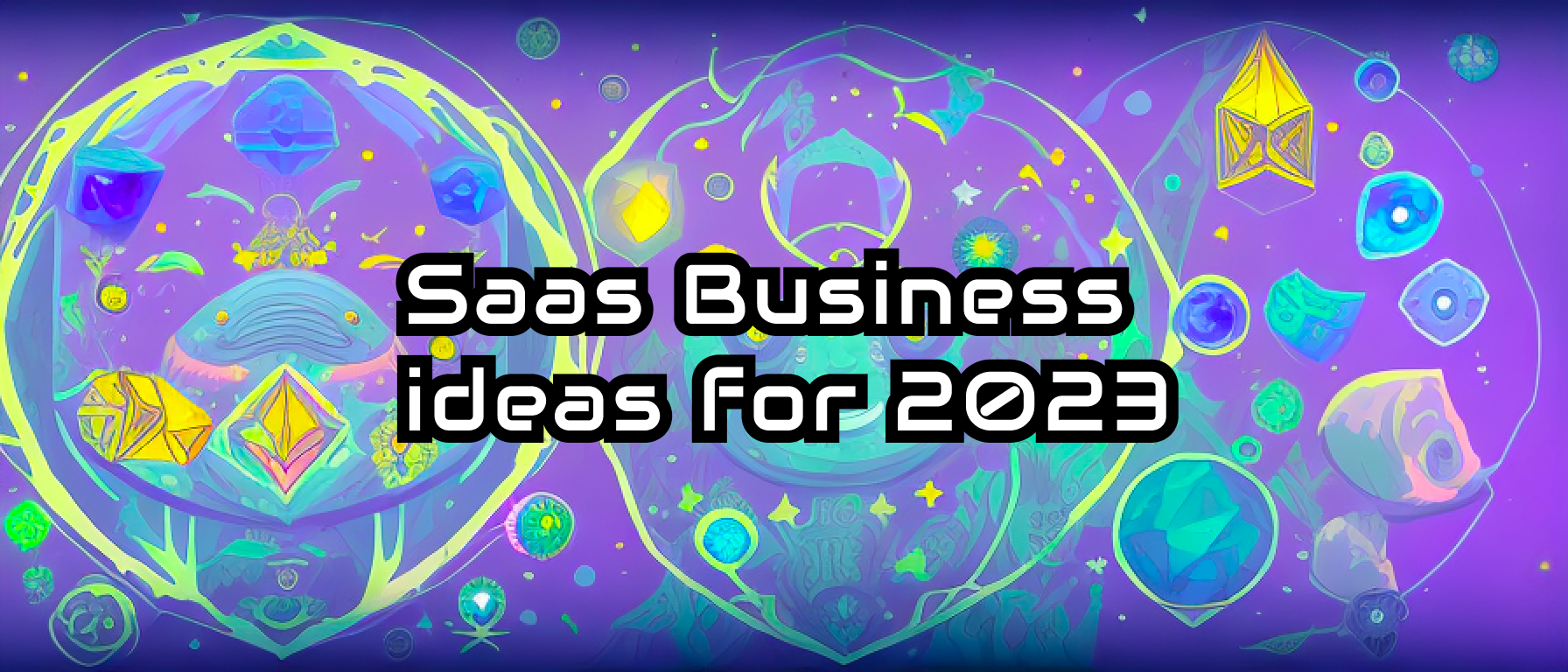

Always looking forward to hearing from our fellow Stimpackers.
We are on social media,
Twitter: @StimpackHQ
Twitter: @SaidAitmbarek
Linkedin: linkedin.com/company/stimpack
Saïd – Founder @Stimpack
Credits:
Image by storyset on Freepik

